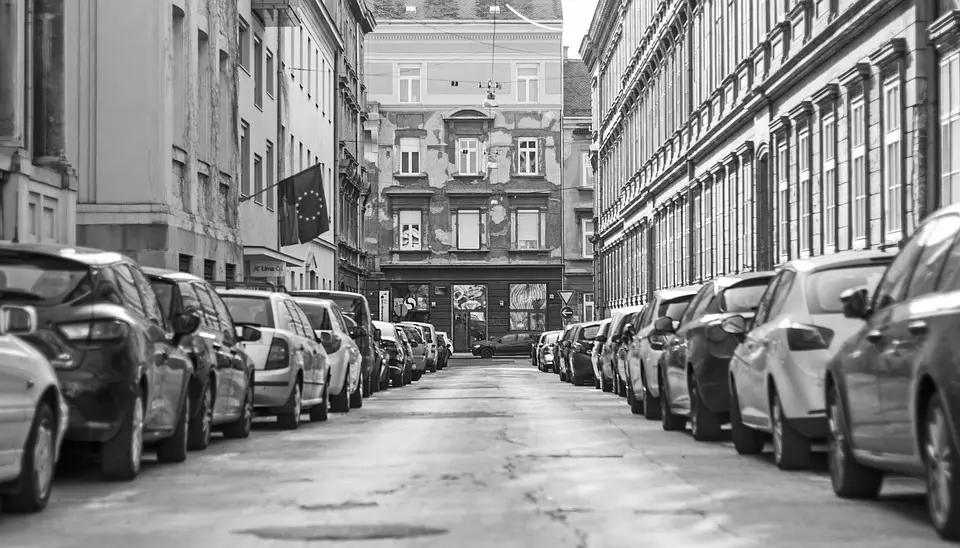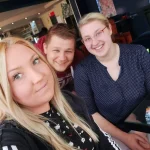As Poslovni Dnevnik/Darko Bicak writes, although the post-earthquake Zagreb reconstruction will be extremely expensive and time-consuming, it could be a trigger for the reconstruction, modernisation and general revitalisation of the entire centre of the Croatian capital, at least according to a recently held panel called: “The strength of Croatian construction – how to rebuild Zagreb and Banovina”. The panel was held as part of a conference which took place on Friday and was organised by Poslovni Dnevnik in Zagreb.
Ivica Rovis from the Institute for Physical Planning of the City of Zagreb warned of the complex bureaucracy around reconstruction procedures that confuse people and as such residents often don’t know what they have to hand over, to whom, whether they have submitted complete or incomplete documentation and the like.
It’s chaos, time is going by, it still isn’t done…
“It would be much more efficient if public bodies were better connected and if they acted much more proactively towards residents, because such state and local institutions can find documents that are important for reconstruction and make things much easier.
Everything is a bit chaotic like this, and time is going by, almost a year has passed since the Zagreb earthquake, and nothing is happening,” stated Rovis. He warned of the problem that Zagreb itself isn’t deciding on its reconstruction because everything has been transferred to the state, and the city itself can act only in the sense of humanitarian or professional assistance to its citizens.
“The post-earthquake Zagreb reconstruction isn’t something that is easy and simply one-sided. You can’t renovate a building in the centre without first regulating traffic in that part of the city due to the need for road closures and the like,” Rovis pointed out.
Ivana Belic from the regional energy agency Regea stated that this is an opportunity to insist on energy efficient construction during the renovation and new construction within the heart of the capital.
“What we’re witnessing is a lack of vision and a lack of a clear reconstruction plan. In order to expect the activation of the construction sector, we need to give that sector a clear plan – what, when and how to build and when the money for that will arrive,” warned Belic.
She added that Regea believes that in Zagreb it would be wrong to have a point-by-point renovation of building after building, rather than start the renovation of entire neighbourhoods. Jadranka Rajic Bradavica from the Fund for Environmental Protection and Energy Efficiency explained that 50 million kuna has been approved so far with companies for the emergency treatment of bulky and construction waste in Banovina.
“So far, little construction waste has been detected due to the demolition of some buildings, but there have been and continue to be numerous requests for the disposal of large quantities of mixed and bulky waste from public and other institutions that have been damaged or demolished. Due to so much waste, the local communal services couldn’t manage on their own, so the Fund had to meet them,” stated Rajic Bradvica.
She warned that it is important to first select the construction waste in question because part of the brick can be cleaned and reused, and part of that material can be used for other construction works.
New technologies
Danko Deban, President of the Management Board of Ingra, believes that the use of new technologies should be pursued during the post-earthquake Zagreb reconstruction procedure. He doesn’t see much sense in reusing old bricks from now demolished buildings to rebuild residential and public buildings, not only in Zagreb but especially in the Banovina area.
“If the funds for reconstruction aren’t a problem, then I’m convinced that the construction operation will not end up being a bottleneck. We haven’t yet reached the stage where the projects are ready and we’re going to the construction site, but I think that at a given moment, Croatian companies will be able to effectively implement projects,” said Deban.
Sven Müller, the director of Strabag Croatia, emphasised that the recovery of existing material rescued from Croatia’s 2020 earthquakes is possible, but unprofitable: ”if a brick is taken out, cleaned, selected, it’s a lot of work and the question is how high quality can such material actually be,”
Müller warned that the investment wave fell sharply last year due to the ongoing coronavirus pandemic, and that all construction companies are longing for new projects to get their teeth into, such as renovation.
“The big problem here is bureaucracy because there is no system and people don’t know what, when and to whom they have to submit things to, and it’s not really clear to anyone who is entitled to what,” explained Müller. He also agreed that the Croatian construction operative can, and must, do the reconstruction work itself.
“Western companies won’t come to us because they have enough work to do, and Croatia is a small and unattractive market for them. On the other hand, we are also not particularly interested in the competition from the east because they skipped us and went west through us,” said the director of Strabag.
”As a result of the earthquake, we’ve managed to actually reach the problems we’ve had for a long time now, and now they’ve come to light – unorganised land registers, a problematic social climate and a lack of proper control. It must be clear to everyone that those with a green sticker will not get anything, those with yellow can count on getting a little, and those with red stickers… well, we will see. We have to make it clear to people that the state and the city will finance 80 percent of the recognised costs for such people with red stickers, but no one is saying how much money that will be and how much the owners themselves will have to provide,” said Strabag’s director.
For the latest travel info, bookmark our main travel info article, which is updated daily.
Read the Croatian Travel Update in your language – now available in 24 languages.
Join the Total Croatia Travel INFO Viber community.











